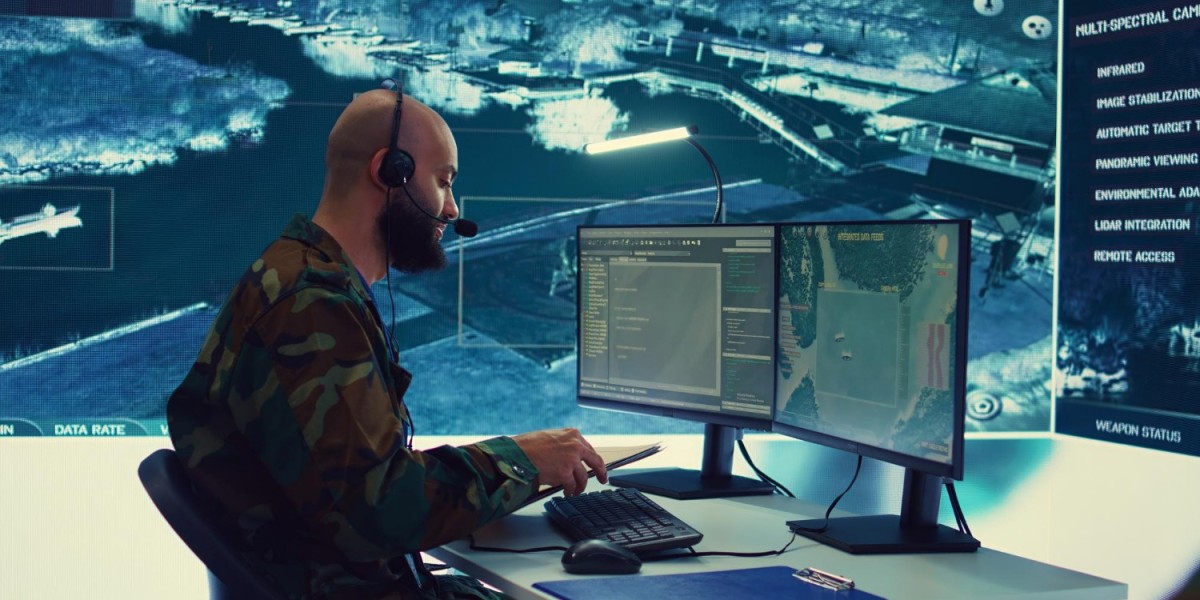Defense communication software plays a crucial role in ensuring that military operations are efficient, secure, and well-coordinated. As technology continues to evolve, the software used in defense communication systems has become more advanced.
Here are some next-generation features of defense communication software that are helping shape the future of military communications:
1. Real-Time Data Transmission
In defense operations, real-time communication can be the difference between success and failure. Modern defense communication software allows for the rapid transmission of critical data, ensuring that soldiers and commanders are always on the same page. This includes live video feeds, instant messaging, and mission-critical data that are shared across various platforms in real time.
2. AI-Powered Threat Detection
Artificial intelligence (AI) is becoming a key player in defense technology. AI-powered software can analyze vast amounts of communication data and detect potential security threats. This can include identifying patterns or unusual activities that may indicate a cyber attack or espionage attempt, allowing the military to take preventative measures before it's too late.
3. End-to-End Encryption
Security is a top priority in defense communications. Next-gen communication software uses end-to-end encryption to protect all messages, voice calls, and data exchanges from being intercepted by unauthorized parties. This ensures that only the intended recipients can access the information, which is critical for maintaining confidentiality during sensitive missions.
4. Cross-Platform Communication
Modern defense operations often involve a mix of different devices and platforms, from radios and mobile phones to computers and satellites. Next-gen defense communication software enables seamless communication across all these platforms, ensuring that no matter what device a soldier or officer is using, they can easily connect with others. This helps improve coordination and reduces the chances of communication breakdowns.
5. Interoperability with Allied Forces
In many cases, defense operations require collaboration between different countries' military forces. Next-gen communication software ensures that systems used by different forces can work together smoothly. This interoperability allows for easy sharing of information and coordination during joint operations, enhancing overall mission effectiveness.
6. Satellite and Secure Wireless Communication
For operations in remote areas where traditional communication networks may not be available, satellite communication is a game-changer. Next-gen defense communication software integrates satellite communication, allowing military personnel to stay connected even in the most isolated regions. Additionally, secure wireless communication networks ensure that soldiers can communicate on the move, without compromising security.
7. Augmented Reality (AR) Integration
Augmented reality (AR) is starting to make its way into defense communication software. AR can be used to overlay important information, such as maps or mission details, onto a soldier’s field of view. This technology helps improve situational awareness and can guide soldiers through complex environments, improving their decision-making and safety.
8. Voice Recognition and Biometric Authentication
Security and ease of use are key in military environments. Next-gen communication software often incorporates voice recognition and biometric authentication to ensure that only authorized personnel can access the system. This added layer of security helps prevent unauthorized access and ensures that sensitive information is protected.
9. Cloud-Based Communication
Cloud technology is transforming many industries, and defense communication is no exception. Cloud-based communication software allows for easier storage, retrieval, and sharing of information across multiple devices and locations. This also enables faster updates and scaling, ensuring that defense communication systems remain flexible and adaptable to new challenges.
10. Advanced Analytics for Decision-Making
In defense operations, the ability to make quick, informed decisions is crucial. Next-gen communication software includes advanced analytics tools that can process large volumes of data and provide insights to commanders. This data-driven approach helps in making better strategic decisions and improving overall mission success.
Conclusion
The next-generation features of defense communication software are transforming the landscape of military operations, providing enhanced security, real-time communication, and advanced capabilities like AI-powered threat detection and augmented reality integration. These innovations not only improve operational efficiency but also ensure that defense forces are prepared to face evolving challenges. To stay ahead in this rapidly advancing field, partnering with a reliable Defense Software Development Services provider is essential. Such services can help develop customized, cutting-edge solutions tailored to meet the unique demands of modern defense communications, ensuring that military personnel remain secure, connected, and ready for any mission.









